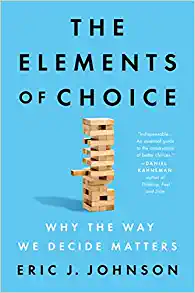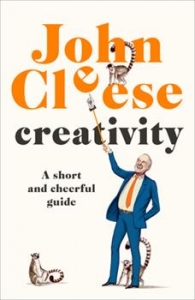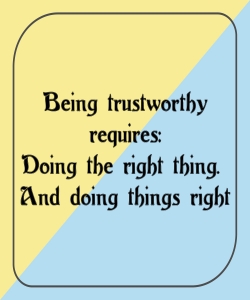Blogging About What They Said, Not What You Heard
“Anyone can say, ‘I heard”; only a journalist can say ‘They said'”, explains Amelia Dieter McClure in the Indianapolis Business Journal, emphasizing the commitment to the truth as the core tenet of a journalist.
While blog marketing is not journalism in the true sense of the term, commitment to the truth should take two forms in blog posts, we teach at Say It For You:
- Using data to back up claims
- Properly attributing ideas, images, and text that come from others’ work.
“The best content marketers aren’t afraid to share,” Corey Wainwright of Hubspot explains. (By giving credit in a hyperlink, not only am I giving Wainwright credit for the quote, I’m linking to the Hubspot website where his blog post appears.
With literally trillions of words being added daily to the World Wide Web, the Internet has become the largest repository of information in human history. Blogging for business has become a rapidly growing part of this information swell, and (inadvertently or on purpose) there’s undoubtedly a lot of “borrowing” going on.
As an occasional high school and college level English tutor, I teach my students to avoid plagiarism by properly attributing statements to their proper authors. The blogging equivalent of citations is links. There are actually rewards to be gained in this arena for doing the “right and proper thing”: Electronic links enhance search engine rankings for your blog by creating back-and-forth online “traffic”.
There’s a second aspect to “truth-in-blogging” when it comes to claims. Most business blog posts make claims. The claims may be understated, exaggerated, or exactly on the money, but still – a claim is a claim. The problem is, often blog visitors don’t know how to “digest” the claims you’ve “served up”. They simply don’t have any basis for comparison, not being as expert as you are in your field. What I’m getting at is that every claim needs to be put into context, so that it not only is true, but so that it feels true to your online visitors. Readers must be shown how that claim has the potential to help them with their problem or need!
Anyone can blog about “what “they heard” or “what they think” or “what they claim”, but the best business blog writers are committed to the truth.







Follow us online!